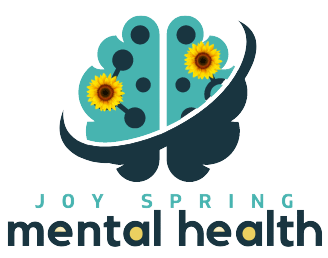Childhood Trauma
Clearing the wounds of childhood trauma
What therapy helps heal childhood trauma?
Childhood trauma is one area dnms is used to treat. It is an ego state therapy that uses multiple approaches to heal clients attachment and trauma wounds. It is client-centered, strength-based, and grounded in resourcing so that clients can have true healing in a way that is effective and tolerable.
What is an attachment wound?
How do I know if I have attachment wounds?
What is a trauma wound?
My childhood was great but my adult life has been a disaster. Is this only for childhood wounds?

Throughout our lives, we deserve to be surrounded by loving and safe homes with consistent support from reliable caregivers.
If this has not been your experience, you may have trauma and/or attachment wounds that can be healed through DNMS therapy.
Your inner “self” is ready to take care of you...
experiencing emotional or physical trauma or neglect? parts of you may become stuck in the time when this occurs.
DNMS is a way to help these parts become “unstuck” so you can be joyfully connected to the present moment with your safe adult self.
- Unwanted beliefs, negative self-talk, and poor self-esteem can improve.
- Feelings of isolation, social rejection, and thoughts of inadequacy and social anxiety may diminish.
- Unhealthy patterns of communication and coping may reduce.
- Physical symptoms of overwhelm and discomfort may resolve.
- You may be better able to do the work of desensitizing painful memories.
- You may find that your daily life is no longer interrupted by intrusive thoughts.

What do you mean “parts of me”?
Great Question!
This is probably the most common question I get.
Our “parts” can be thought of as the family of ego states that may up our “self-system”.
I like to think of our “self-system” as our “beautiful whole”.
For example, there is a part of me that wants chocolate for dinner (and this part is loud!), a part of me that wants to be healthy, and a part of me that just wants whatever is fastest and most convenient and doesn’t really care about health or chocolate.
If these parts of me are healthy, they will work well together to come to a reasonable decision about dinner without causing my beautiful whole emotional or physical distress or driving me to behave in ways that don’t align with my values.
If my parts are not in a state of health, this type of decision may fill me with anxiety, paralyze my decision making capabilities, or cause me exhaustion or overwhelm.
In DNMS, we meet and take care of your parts so that they can be and interact within your beautiful whole in a way that is comfortable and effective.


